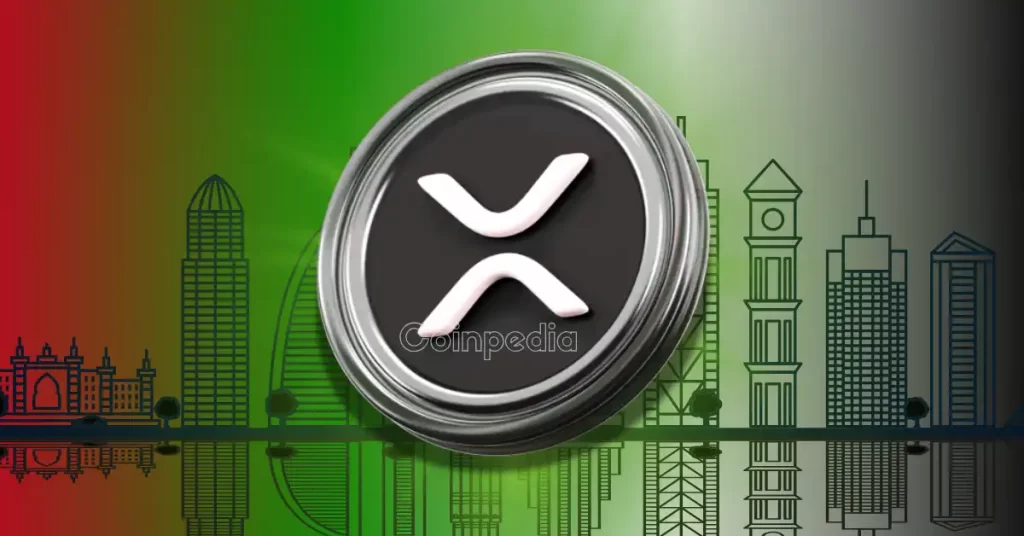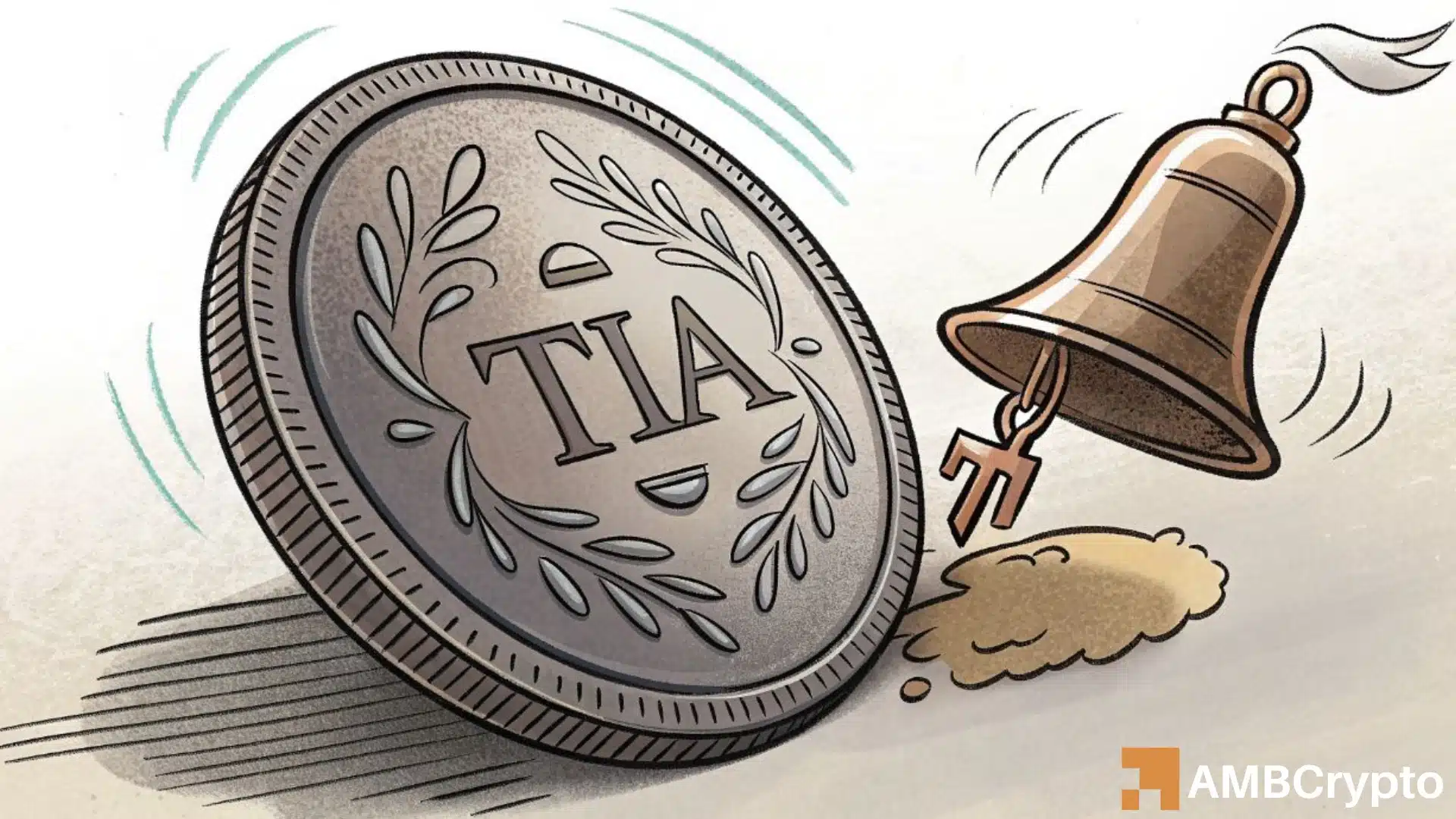
Solana announced the launch of Saga, a flagship web3 smartphone, as well as Solana Mobile Stack (SMS), an open-source Android framework for web3 development. But what do all these tech terms mean, and will they affect Solana’s price?
Solana Mobile Stack (SMS)
Let’s talk about the SMS first, rather than the smartphone.
This is actually really interesting, but also simple. I believe one of the biggest barriers to mainstream adoption of crypto is the clunky wallet experience. To access DeFi, you need a desktop browser and to download something akin to the Phantom app, which is obviously a big problem in this age of smartphones.
Most browser-based apps simply do not compare to conventional apps on iPhone or Android with regards to ease of use, intuitive interfaces and convenience. To illustrate how far behind we are, you cannot use Google Pay or Apple Pay with your wallet.
The SMS tackles this issue. It is basically a Web3 layer built on top of Android. This allows developers to build decentralised apps (dApps) on Android. These dApps will now be available to download from the dApp store at the click of a button, and the thesis is that they will now function as smoothly as conventional apps function on your iPhones and Androids.
The Solana smartphone
The second part of the announcement is the smartphone itself. While SMS is a neat project, it’s useless unless phone-making companies use it. Solana got around this by also announcing the launch of their own smartphone, the Saga. Essentially, therefore, the smartphone should be viewed as a proof-of-concept, which is why the $1000 price tag is not really important right now.
Google and Apple
Now that we have an additional option in the market, will customers move? Will they park their Google Pay or Apple Pay in order to use Solana Pay? It’s also difficult to predict how Google and Apple will react. If the tech giants open up their app stores, there is no incentive to use the Solana phone.
The SMS tech, rather than the smartphone, is the real news here. The phone is just a phone. The Web3 layer is the innovation, and what is important.
Centralisation
The immediate response to this is likely to be one criticising Solana for being centralised, and contesting the use of the Saga phone alongside the SMS stack. But in order for things to be popular, they need to work. There is no point in being decentralised if things don’t work, and right now Web3 has a long way to go in bringing the user dApp and wallet experience in line with the smooth Apple and Android equivalents.
This is a big step forward for Web3 in my view because it’s a step towards streamlining these grand visions and ambitions of the movement and creating realistic options for customers that actually work. Paying for a coffee with Solana Pay in a smooth manner is now a realistic option. Building integrated experiences for users on their phones is also an option. And don’t expect this to remain in the smartphone landscape; one can expect the system to be rolled out for PC-based wallets and dApps too.
Solana’s future
I love using Solana. It is smooth and easy to use, its speed and basement-level gas fees are a dreamlike experience, and it contrasts so brilliantly with the sky-high gas fees over on Ethereum. However, its big issue is the repeated outages, something I have been very critical of before.
Following a report last month looking into the latest outage blamed bot trading for overwhelming an NFT mint, Solana revealed plans to revamp the fee system. The neat aspect of this is the “neighbourhood fees” model. This means that an additional gas fee will be charged during times of congestion, but only for the in-demand apps and services. In such a way, fees will not rise across the entire network, akin to Ethereum.
While it is too early to review this implementation, it’s an incredibly positive development. Solana may have problems, but it is actively working to find a solution. Right now, it is the best placed Layer-1 blockchain to take the fight to Ethereum, despite its torrid year so far that has included close to a dozen outages and a price slide down as low as $27 recently (90% off the all-time high of $260).
While Solana is up nearly 20% this week, I think it would be remiss to read too much into this. The crypto market has bounced as a whole, and given the extreme risk-off environment we find ourselves in, the short-term volatility for altcoins is inevitable and the price action will follow the macro developments.
A lot more solid (and bullish) is the long-term view of Solana, and how it looks brighter with this piece of innovation. Not only that, but Web3 as a whole. The space has been dominated by red prices, fearful sentiment and cascading liquidations, it is nice for a change to be talking about a genuine piece of innovation, which is the reason we are here in the first place.
The tech is more important than the price. The price part will follow in due time, but bear markets are the time to build and establish solid projects. With that context, this week is a good one for Solana and Web3 as a whole.
The post Solana’s new smartphone Saga announced: positioning for next cycle? appeared first on Invezz.














 English (US) ·
English (US) ·